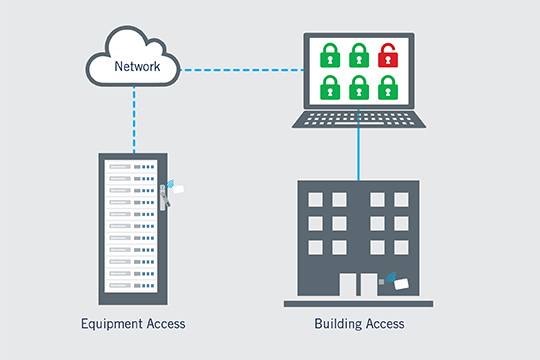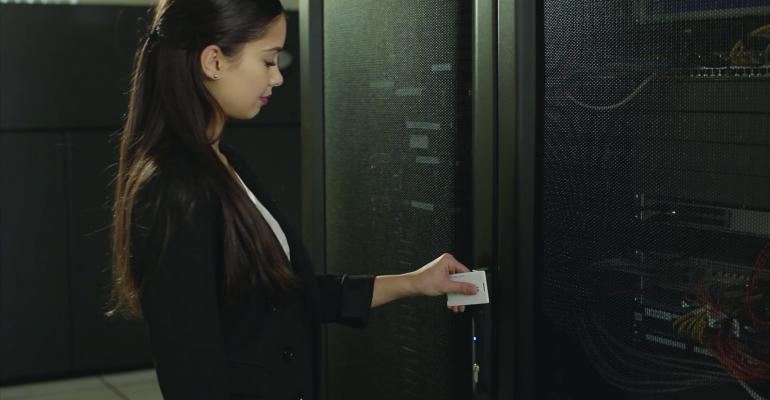The important role that data centers play in modern society is illustrated by how many are currently being built in every corner of the globe.
For an enterprise to build its own dedicated data center requires a lot of resources, space, and money. As a result, many businesses are hosting applications and storing data in collocated data centers, which have shared access. In this instance, physical security becomes more important than ever, as businesses work to keep their business-critical data safe in the event of accidental breaches.
Protecting against threats from within
Although there are extensive measures in place to secure the perimeter of a collocated data center, often the biggest threat to security can come from within. It is not uncommon for people entering these facilities to cause accidental security breaches.
For colocation providers hosting data for multiple clients, each server should be secured at cabinet level with access only granted to authorized personnel. There are typically two ways of securing a server with either a traditional mechanical lock-and-key system solution or a combination of locks and key codes. Although these mechanisms provide cost effective means of safeguarding the rack, they have limitations. For example, they do not have the capability to track and monitor access, and nor do they provide physical protection of the data.
Electronic access based solutions not only provide a comprehensive locking facility but by embedding these solutions with monitoring and tracking capabilities, they also help to alleviate unauthorized access and concerns surrounding data security.
These electronic access solutions generate digital signatures used for controlling and monitoring access time and tracking for audit trail purposes, helping to meet growing data security compliance standards.
An integrated solution that solves the issue of rack security
Southco’s H3-EM Electronic Locking Swinghandle for example, has been developed as a security method that can be integrated into new and existing secure server racking facilities. It can use existing lock panel cut-outs, eliminating the need for drilling and cutting. This allows for standardization of locks within the data center.
The device also helps to solve the issue of rack security through the integration of traditional and contemporary access control, giving the racks maximum protection. Physical access can be obtained using an RFID Card, PIN Code, Bluetooth, Near Field Communication (NFC) or biometric identifications. Southco’s Modular H3-EM Swinghandle allows you to have a removable reader that can be swapped out for a quick change of access control, such as changing from Keypad to Bluetooth readers.
Furthermore, the addition of a manual override key lock allows emergency access to the server cabinet and surrounding area. Even if security needs to be overridden, an electronic access solution can still track the audit trail, monitoring time and rack activity. Products such as this have been designed to lead protection efforts against physical security breaches in data centers all over the world.

Adapting technology to meet the future needs of industry
As data center threats continue to increase, solutions like these will become even more in demand, as business owners continue to protect their business-critical data from growing physical threats. Therefore, security systems need to become more intelligent and integrated to afford business owners peace of mind over the protection of their data. The industry has a growing need for access solutions which combine protection and monitoring functionality with intuitive installation.





